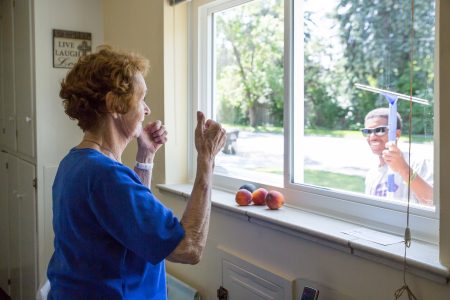Elder Services and Engagement



A Little Help (ALH) empowers older people through direct volunteer services including transportation, yard/home chores, technology/handy help, and caregiver respite, and through social/educational events such as picnics, interest groups, and intergenerational programming. In coordination with community partners, ALH creates opportunities for older adults to engage in meaningful community with neighbors of all ages and backgrounds to share stories, combat isolation, and reawaken purpose.
A Little Help began in 2005 when a group of neighbors joined together to support seniors to age well at home. This model equips neighbors to deliver vital services, empowering elders to age interdependently in their homes, on their terms. In 2007, ALH incorporated as a 501(c)(3) non-profit organization with the mission of connecting neighbors to help older people thrive and has been innovating upon the village movement with evidence-based best practices ever since.
The program’s beneficiaries are older people in the community. ALH provides resources to older people in our community who risk losing independence and identity with age. Family and neighbor caregivers are also greatly benefited by sharing the care of their loved ones with willing neighbors, providing respite and support in their caregiving roles. Our volunteers benefit from the building of relationships with those they serve.
Since our founding, ALH has served over 1,000 elders and engaged over 1,800 community volunteers.
Website: https://www.alittlehelp.org/
Main target group: Both younger and older people (i.e. intergenerational)
Sector(s): Health, Housing, Information and communication, Social protection, Transportation
Desired outcome for older people:
Build and maintain relationships
Name: Lenz, Hilary
Email address: hilary@alittlehelp.org
Preferred language(s): English